Service Discovery and Information Sharing Between Healthcare Systems
The Services Directory™ (ServD™) specification provides an SOA model to support the discovery of, and access to, service provider, individual, and organizational information including; locations, associations, contact details, services, identifiers, and many other relevant characteristics/attributes. This information can be relevant for use by both people and/or computers. Actors are able to use this information to support secure transfer of personal and confidential information to network end point applications or shared repositories. This specification incorporates the HL7 document Service Functional Model Specification: Healthcare, Community Services and Provider Directory, Version 2.0, and complements that work through the documentation of interfaces required to support service discovery and information sharing between systems.
This specification has been developed to meet the needs of interoperability in healthcare and community services, although at its highest level of abstraction ServD is non-domain specific and could be used in a variety of settings where there is a need for directory-based search facility and secure transmission of sensitive documents among a large and dispersed population of service providers. Both a Platform Independent Model (PIM) and a Platform Specific Model (PSM) based on web services have been included.
Example Use Cases
Because of increasing complexity and rising costs, it is important to ensure that systems that are being developed can talk to each other and meet the overarching capability that they were intended to achieve. UAF architecture models provide a means to develop an understanding of the complex relationships that exist between organizations, systems, and systems-of-systems and enable the analysis of these systems to ensure that they meet the expectations of the user community.
- Mary Brown is a single mother with a teenage daughter who has been refusing to go to school and appearing depressed. She wants to find a counseling service for adolescents. She does not have a car and would prefer a location of the service close to public transport.
- Sally Jones attends hospital for an appendectomy. On admission, Sally informs the intake worker of the name and clinic location of her GP. Upon discharge, the hospital registrar wishes to send a discharge summary to her GP with results of her operation.
- John Simpson has a lump in the neck. His specialist would like to refer him to a radiology service for x-rays, however John is due to be interstate next week for work. The doctor would like to find a radiology service close to where John will be staying while away.
- Harry Hubert is admitted to hospital. On admission, the intake worker looks up the services directory and discovers that the address of the referring clinic provided by Harry is different from the hospital provider directory. Upon calling the clinic, the intake worker verifies the change of address. The intake worker would like to change the clinic address on their hospital application and ensure that the change is also reflected in the services directory.

